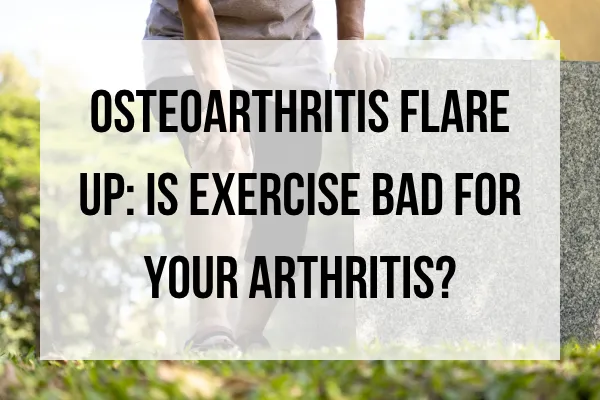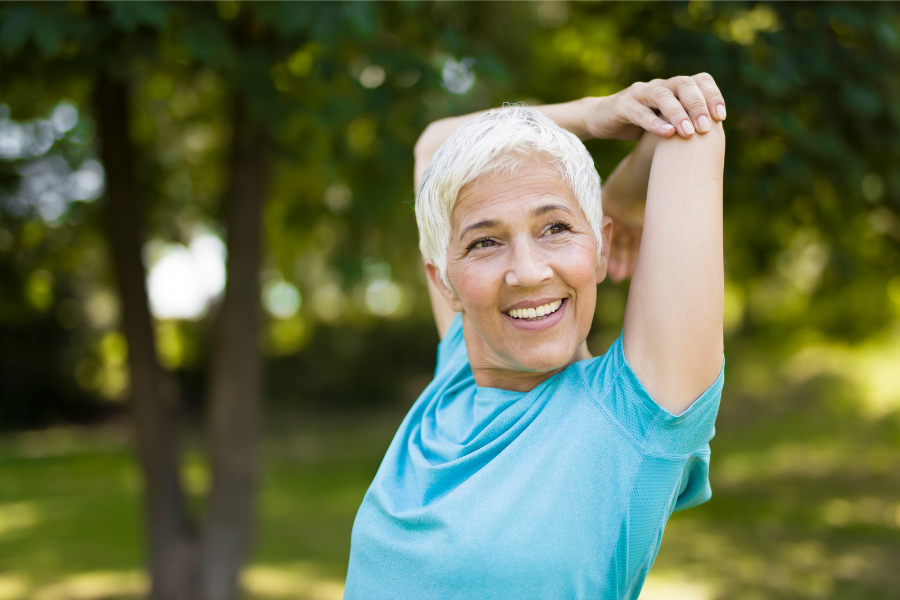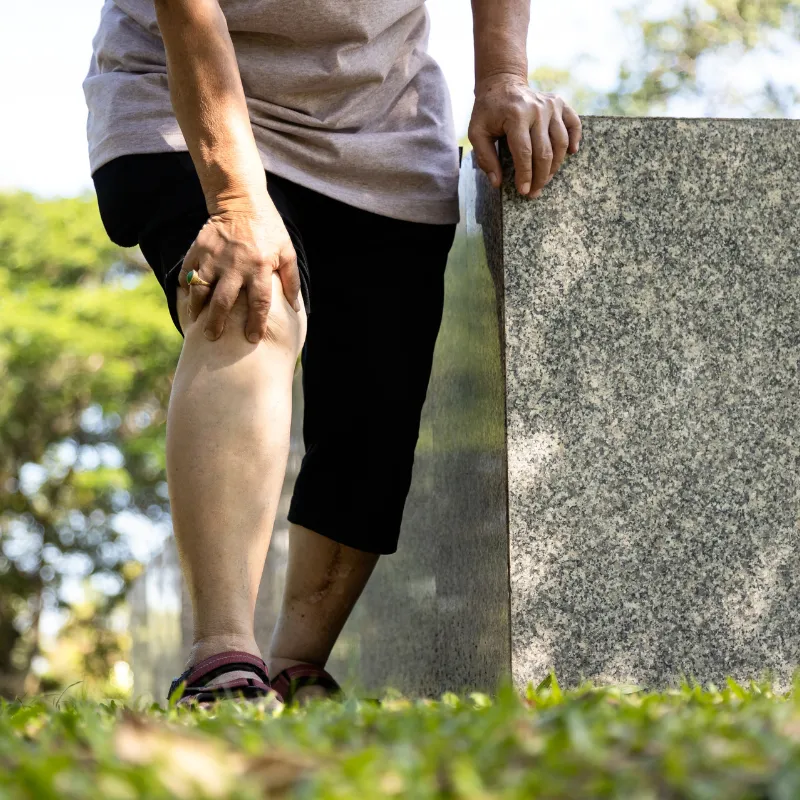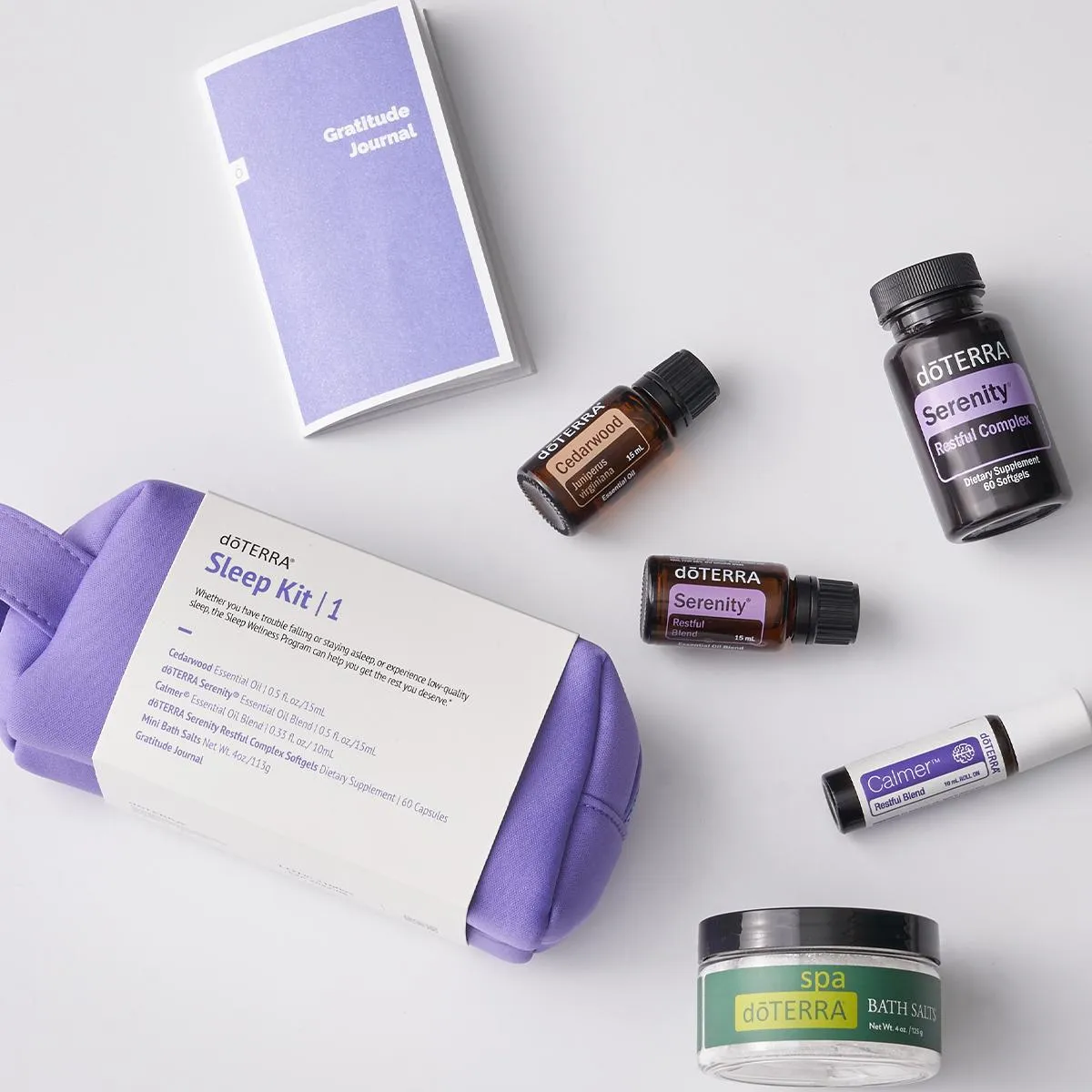Blog
THROUGH THE LENS OF A PT
Blog
Through the lens of a PT...
The Blog

Osteoarthritis Flare Up: Does Exercise Make Arthritis Worse?
The osteoarthritis flare up is a widely dreaded event by arthritis sufferers. Although flare ups are relatively common, there are lots of questions that pop up like: what are osteoarthritis flare up symptoms, how long do osteoarthritis flare ups last, and what’s the connection between exercise and osteoarthritis flare ups? Let’s dive in and take the mystery out of the flare up.

WHAT IS AN OSTEOARTHRITIS FLARE UP?
If you’ve been diagnosed with osteoarthritis, also known as arthrosis, then you will know that it's a lifelong condition that comes with its fair share of ups and downs. So, simply put, an osteoarthritis flare up is when your symptoms are heightened or increased.
A flare up can look different for each person that has osteoarthritis, because our bodies all respond in a unique way, but you will likely have one or more of these symptoms:
Increased joint pain
Increased joint swelling
Increased joint stiffness (particularly in the morning)
Inability to move your joint through its normal range of motion
Fatigue (or increased fatigue)
Decreased quality of sleep due to pain
In short, the typical issues that you might have with your arthritis can get increased during a flare up. Your arthritic joint has extra inflammation which causes an increase in symptoms. So now that we have identified what an osteoarthritis flare up feels like, let’s chat about what can cause flare ups.
WHAT CAUSES AN OSTEOARTHRITIS FLARE UP?
The cause of an osteoarthritis flare up can vary from person to person, as osteoarthritis is a highly individualized condition. It can be especially hard to identify certain triggers of a flare up when you are actively going through one. I have found that keeping a symptom and lifestyle tracker (or journal) is helpful for people to identify pain patterns throughout the course of their osteoarthritis journey. I’ve put together a free Daily Arthritis Journal for you to help with identifying these patterns, which you can download here.
Some general causes of an arthrosis flare up can include:
Increases, or changes in, physical activity
Increased stress
Other sickness or infection
Weather changes (or changes in barometric pressure)
Weight gain causing increased stress on your joints
Changes in dietary choices
Given the wide range of causes for a flare up, I think it’s so important to pay attention to all your lifestyle factors and habits, so that you can easily identify your individual triggers.
Obviously some of these things, like weather changes, are outside of your control. The good news is, the large majority of these are factors in your life that you have control over, at least to an extent.
I think it’s also important to address the question of how long an osteoarthritis flare up usually lasts? This is likely the most important question to you, because having the increased pain and stress from a flare up isn't something you want to deal with for an extended period of time.
Osteoarthritis flare ups typically last anywhere from one day to one week depending largely on the severity of your arthritis and the measures you take to manage your flare up.
If you have a high level of daily pain from your arthritis, a flare up could last longer than average. If you are newly diagnosed with arthritis, and don’t have extensive joint damage, your flare up could be very short in duration.
Now, given that one of the main causes of an arthritis flare up is changes in physical activity or exercise, let’s explore the connection between osteoarthritis and physical exercise.
SO IF EXERCISE CAN CAUSE A FLARE UP, IS EXERCISE GOOD FOR ARTHRITIS?
As a physical therapist, this is by far THE most common question I get about osteoarthritis. As humans, it’s ingrained in us to avoid pain. Pain means injury or danger. But this isn’t necessarily the case with osteoarthritis… exercise and arthritis management actually go hand in hand.
One of the most effective ways to manage your arthritic joint pain and function, over the long term, is physical exercise. Exercising your joints increases the movement of fluid, maintains the motion, and increases the strength in your joint. So while it can be tempting to shy away from exercise for an arthritic knee, this might be the worst thing you can do to maintain your joint function.
With that said, if I tried to go run a marathon tomorrow, without doing any training or conditioning, I would fail miserably. My body would not be prepared for that type of strain, and your arthritic hip is no different. This is where an exercise induced arthritis flare up enters the picture. Doing too much, too soon, is not helpful for arthritis.
Building up your strength and increasing exercise intensity over time is key to helping your joint stay as healthy as possible for as long as possible! And this can absolutely be done without causing an arthritis flare up in your knee.
So don’t completely write off fitness because it slightly increases your pain after exercising. There are plenty of gentle strengthening exercises that can safely be completed to increase the muscle tone surrounding your arthritic joint and increase the level of muscle support it has.
Intense changes in physical activity have the ability to flare up your arthritis pain, but what exactly are the best things to do to manage a flare up?
SET YOUR JOINTS UP FOR SUCCESS.
If you’re curious if an osteoarthritis flare up will go away on its own, it likely will but there are things that you can do to speed up this process.
Rest for your arthritic joint is important in this stage. Obviously, rest means something different for everyone, but cutting back on your physical activity for at least a short period of time can be helpful to let your joints recover. If you use a brace for your arthritic joint, flare ups can be a good time to utilize that, just for a bit of added structural support.
During a flare up, the inflammation in your joint increases in order to address the increased stress on your joint, and this a completely natural process. It’s only if that increased inflammation hangs around too long that it becomes an issue.
Focusing on hydration, to allow for plenty of blood volume and fluid to be able to circulate through your joint, will help encourage a healthy level of inflammation. In addition to this, start adding more anti-inflammatory foods to your diet. Increasing your intake of healthier foods that discourage inflammation is beneficial for overall health, and can help to decrease pain levels. If you are curious about which anti-inflammatory foods might be best to focus on during a flare up, you can find my top 10 recommendations here.
If you can tolerate it, incorporate light range of motion or stretching activities. Gently moving your joint, even from a sitting or lying position, encourages joint fluid to move throughout and lubricate your joint. This helps to move the inflammatory processes along and clear out inflammatory cells in your joint that are no longer needed.
You’ve now got these new tools to add to your toolbox for whenever you have an osteoarthritis flare pop up. You can feel confident that you understand what is happening in your joint, why it’s happening, and what to do about it!
As always, stay strong, stay positive, and always be learning!
Not a Substitute for Medical Advice. The information provided in this blog, website, webinars, documents, audio, videos, and associated products is for educational purposes only and is not intended to be a substitute for professional medical advice. Dr. Lowry provides training, educational, coaching and learning opportunities for her clients. Dr. Lowry and her clients are advised to seek the advice of a medical or mental health provider, dietician or other health care provider prior to starting or making a change in diet, exercise, lifestyle, medications or nutritional supplementation.
Welcome to the Thriving with Osteoarthritis blog! If you are in the physical therapy world, you have to LOVE educating others! Honestly, so much of taking care of people with all kinds of movement or dysfunction is making sure that they have enough knowledge to continue on without you. It's my job here to give you the knowledge that you need to understand your diagnosis, know what treatment options are available for you, and get tips on how to make your life easier living with OA!

I've Just Been Diagnosed with osteoarthritis, now what?
Here are my top 5 tips if you've just been learned you have Osteoarthritis.

Top 10 anti-Inflammatory Foods
Making sure you are focusing on anti-inflammatory foods is so important with any chronic illness (for everyone really).

Osteoarthritis flare up: Is exercise bad for OA?
Exercise can be hard, especially during a flare up. But, is this better or worse for your joints in the long run?
Coming Soon!

Supplements
Give your body what it needs!
Optimal daily doses for lifelong wellness.

Wellness Programs
Receive a kit each month filled with natural products to help support your health!

Diffusers
Take advantage of one of the best ways to use essential oils using quality diffusers!
Follow Me

Phone: + (615) 471-7184
Email: hello@kelseylowrydpt.com
Address: 1101 Volunteer Pkwy, Ste 5, #187, Bristol, TN, 37620

